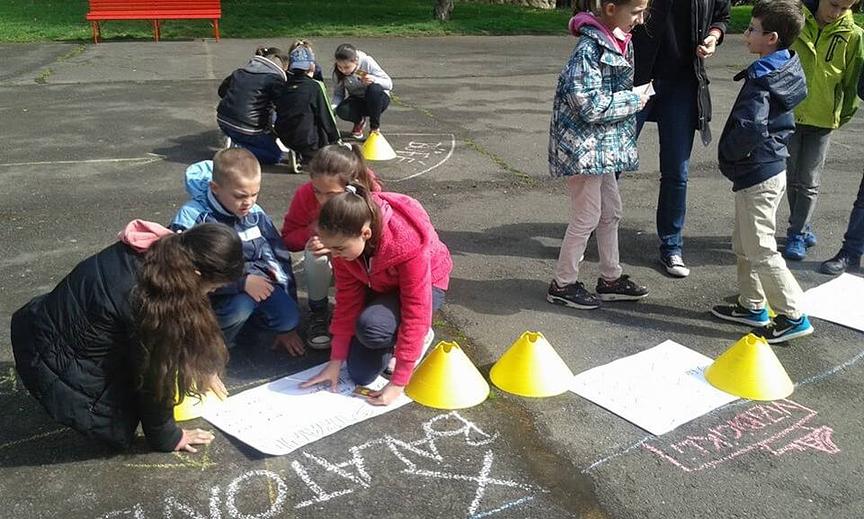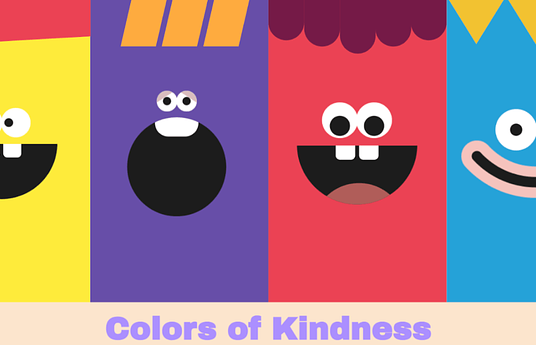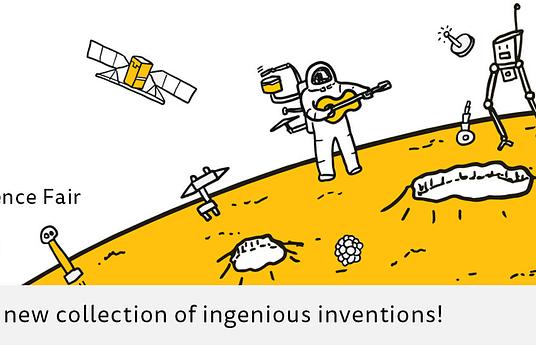What we do?
The Creative Partnerships programme is targeted at improving of learning outcomes of children and young people from disadvantaged backgrounds. It does so by introducing into teaching practice methodologies which directly improve the executive functions of such pupils. Executive functions are the ‘operating system’ of the brain and predict academic attainment.
The impact of the Creative Partnerships programme is derived from long-term relationships between creative practitioners and schools. Creative professionals from various branches (of arts) work in partnership with teachers to help students master different types of knowledge and skills. Creative practitioners bring new expectations, which clearly challenge students. But it is not only students that are jerked out of the rut of daily routine by the new learning process—schools as a whole and mainly teachers are highly affected. Creative Partnerships has developed a pedagogical approach known as the “high functioning classroom” which encourages teachers to change their classroom practice so that lessons are replete with challenges that relate learning to real-life situations; where students are engaged physically and socially, as well as emotionally and intellectually; and where students’ own experiences, observations and questions take centre stage. The transformation of teaching and learning is based on creative processes which are channelled into classrooms and school life. Techniques applied in the methodologies of teaching various subjects are derived from artistic practices. Whilst working in the classroom with the students, the artist remains an artist, and the teacher remains a teacher. The programme does not offer arts education. What the Creative Partnerships programme does is to prepare artists and teachers to work together with students in such a new way that it brings about sustainable changes in teachers’ teaching practice.
Why is it so meaningful?
The programme responds to specific local challenges identified by schools and teachers, e.g. reducing the risk of attrition, developing cooperative skills, managing disruptive behaviour, strengthening of a positive image of the future, reducing the difference between socially disadvantaged and other pupils.
In this project the pupil is an essential learning resource, and mobility, emotion, team working, and risk are central to the learning experience, The pupil here is ‘high functioning’, by which we mean that they are fully ‘present’ and engaged.
These creative practices are effective: they directly impact on the pupils’ sense of competency, autonomy and relatedness. With qualitative and quantitative research, we measure the impact of the programme on specific competencies.
How does it work?
In Hungary the artists and art students participating in the programme are selected by the staff of the Theory and Art History Department of Pécs University’s Faculty of Music and Visual Arts. They complete a 40-hour training course which incorporates training of the teachers from the participating schools. The training sessions are led by experienced trainers of the British host organisation Creativity Culture and Education (CCE). Exploration of the institutional problems of the schools and preparation of problem maps are led by T-Tudok experts. The local classroom projects are conducted by two trained teachers and two creative practitioners, each pair working in close cooperation.
The focus in each classroom differs, as the programme responds to specific local challenges identified by schools and teachers (e.g. reducing the risk of attrition, development of cooperative skills, managing disruptive behaviour, strengthening of a positive image of the future, improving the “visibility” of the school in the local community) or school discipline specific knowledge transfer and trans-disciplinary competence development. After an on-site observation session and two planning sessions the local projects were implemented in 10 to 12 three-hour (3 × 45 minutes) modules, and were concluded by detailed evaluation and presentation. The modules can be incorporated in the structure of curricular classes as well as school-based extra-curricular afternoon sessions.
CP programmes:
- involve mobility around and out of the classroom
- provide considerable time-flexibility
- have a different approach to inclusion
- activities offer students opportunities to make meaningful choices.
CP gives all those involved permission to laugh, joke, and play while enhancing the depth and richness of the learning.
The Creative Partnerships programme can be expensive to implement. Szilvia Nemeth saw the opportunity to embed the programme sustainably in Hungary through the development of an innovative partnership with the University of Pecs. By using the University to manage the programme, training the staff to deliver the training to creative practitioners and teachers, and using student artists rather than professional artists, the majority of the costs of the programme are subsumed within the University. Students receive academic credits for their participation and staff believe the curriculum is enhanced. The project is now embedded in the University. So far more than 1000 students, 70 teachers and 70 creative practitioners have participated in the programme in Hungary.



